Connecticut Bets on Opportunity Zones
As part of a statewide push, the city of Stamford has rolled out a QOZ fund that could total as much as $220 million.
Connecticut’s cities are hawking Opportunity Zone (OZ) projects, as the northeastern state bets that the federal investment incentive program can help turn around its struggling economy.
At a symposium in New Haven, Conn., this week, officials touted real estate and energy investment opportunities across the state of 3.7 million people, while announcing the launch of a new website designed to connect investors with promising projects in the state’s 72 designated OZs. Connecticut is among the first states to pass comprehensive legislation creating added incentives for investors to plow capital into the economically distressed areas labeled as OZs under the 2017 U.S. tax overhaul.
As part of this statewide zone zeal, Connecticut’s second-most populous city is rolling out its own OZ fund. The City of Stamford has partnered with Liberty Capital Advisors to set up the vehicle, which will seek to raise from 10 to 20 percent of the total capital requirements for the city’s 2019-2020 OZ project pipeline—a figure that is projected to range from $553 million to $1.1 billion.
Thomas Madden, Stamford’s director of economic development, announced the new fund after highlighting some of the city’s top offerings across its five OZs. These include 10 potential development sites downtown, such as the Stamford Town Center mall, an 853,00-square-foot property that Taubman Centers recently put on sale.
The suburb of New York City currently has more than 1,500 apartment units under construction and another 3,200 that have been approved or proposed, the majority of them located in OZs, according to Madden.
New Britain beckons
Further north in the Nutmeg State, the city of New Britain is seeking investors for a $1 billion adaptive reuse project that will deliver a regional data center powered by the world’s largest indoor fuel cell complex. Energy & Innovation Park LLC is redeveloping a portion of the former Stanley Black & Decker factory to build the scheme in the city’s downtown.
Mayor Erin Stewart stressed that identifying and marketing OZ projects required a proactive approach on the municipal level. In the case of New Britain, a community of around 72,000 residents southwest of Hartford, the initiative entailed discussions with local investors and the creation of the city’s own website dedicated to OZ projects. “The money will come, but you have to organize this,” she said.
Twenty-seven municipalities across Connecticut have OZs, and state and local leaders are stepping up their efforts to spur investment in these census-designated tracts. This past June, Governor Ned Lamont signed into law Senate Bill No. 570, which requires the Department of Economic and Community Development (DECD) to further incentivize and promote investment in the zones, while streamlining project approval.
If successful, the effort could give a shot in the arm to Connecticut’s $282 billion economy, which saw sluggish 2.2 percent annualized GDP growth in the first quarter of 2019, ranking 45th among U.S. states. The economy grew by 1.8 percent in the fourth quarter of last year.
“Connecticut’s best days are ahead of us. We’ve got a turnaround coming on,” Lamont said in a keynote at the symposium. “But I can’t do it without the private sector, without the investors.”

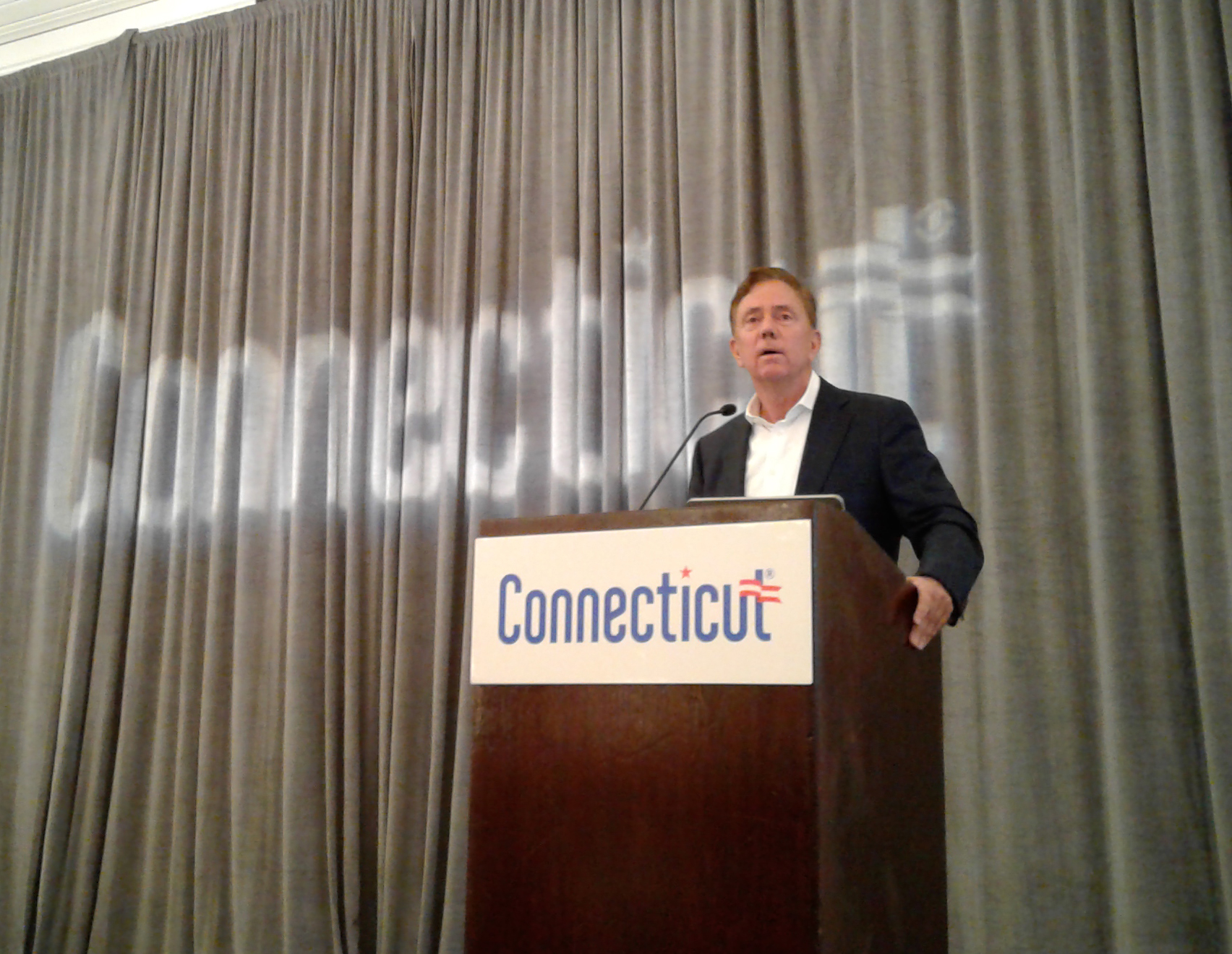
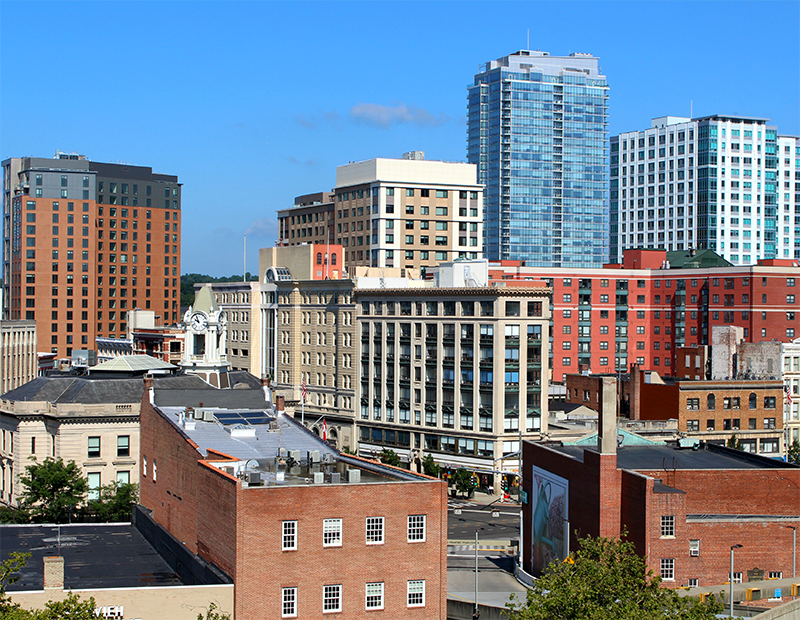
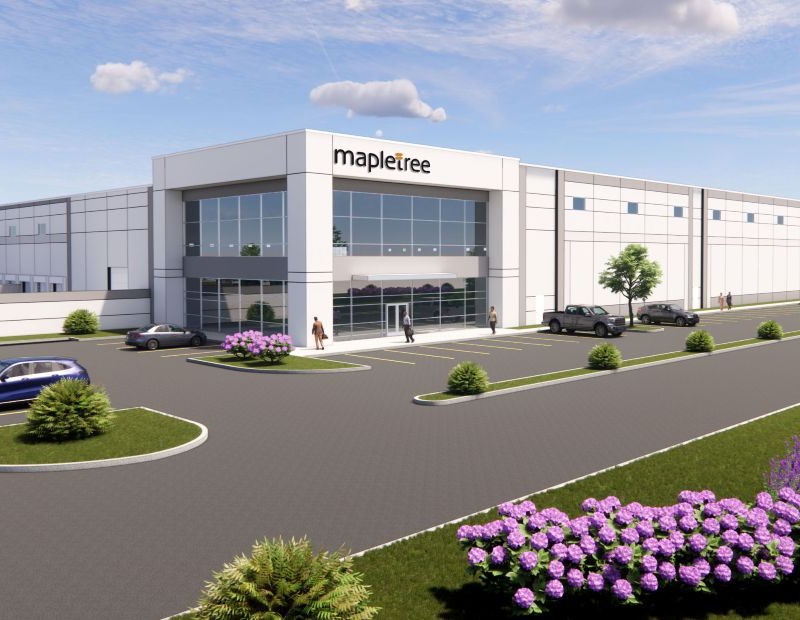
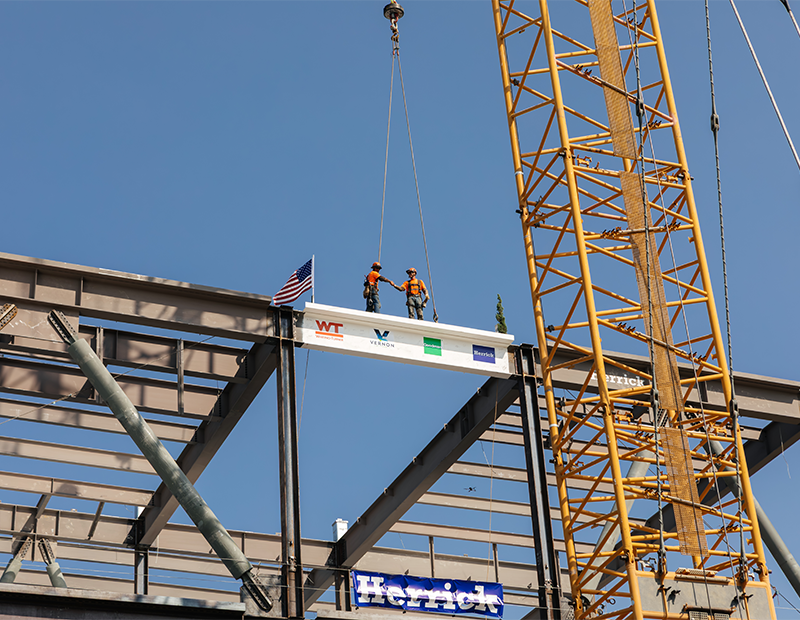
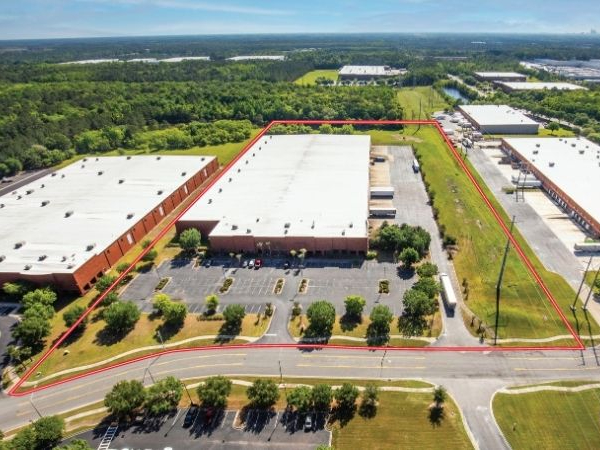

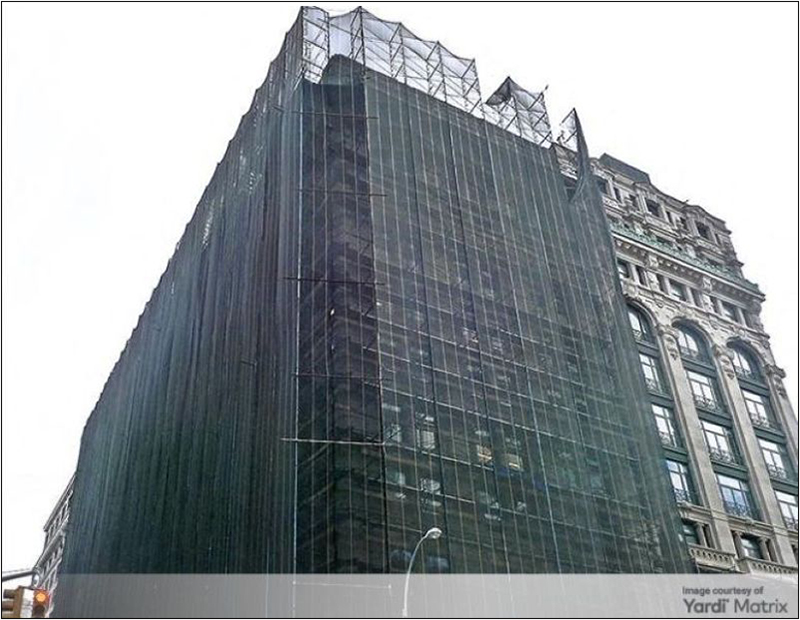
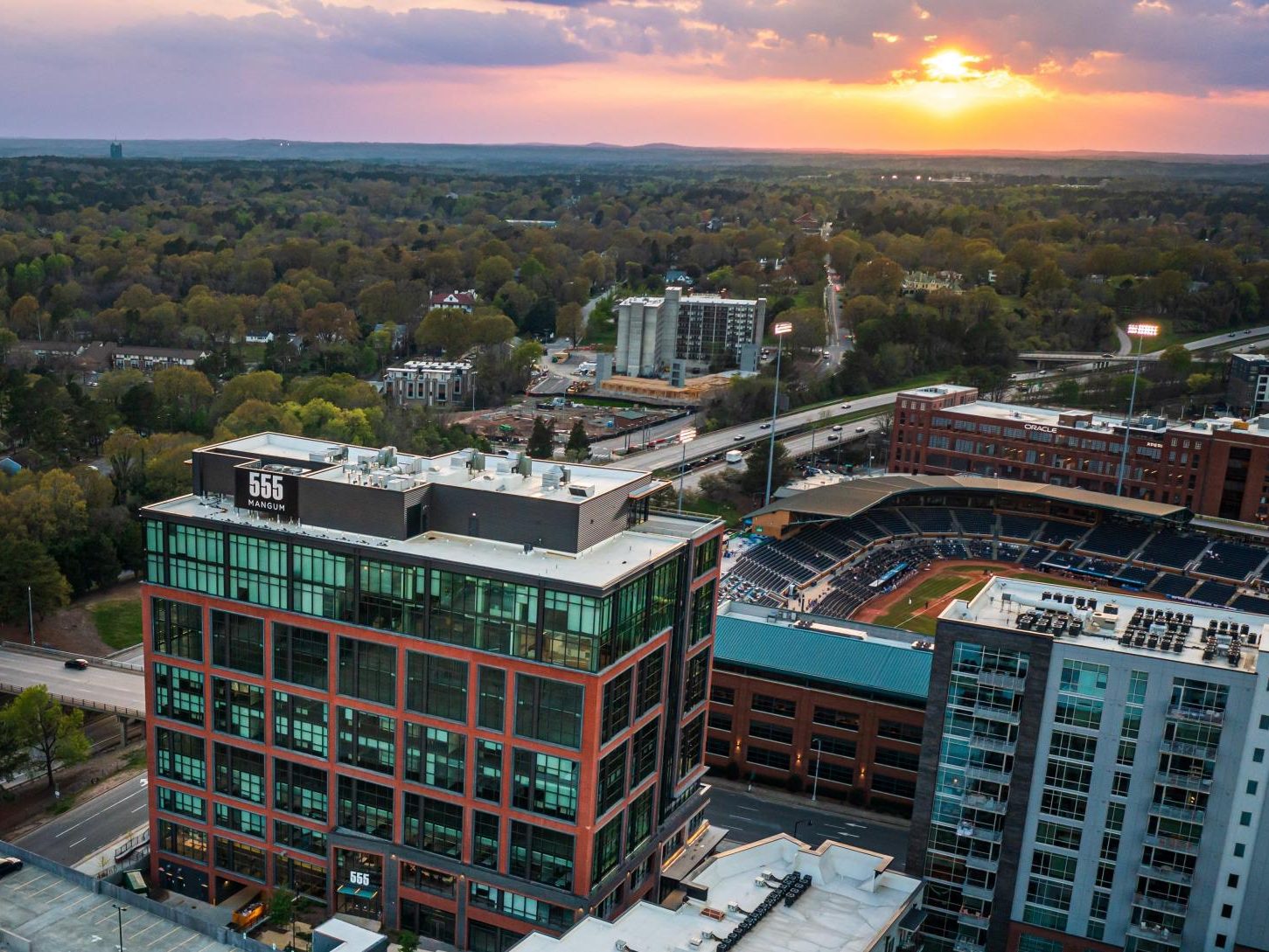
You must be logged in to post a comment.